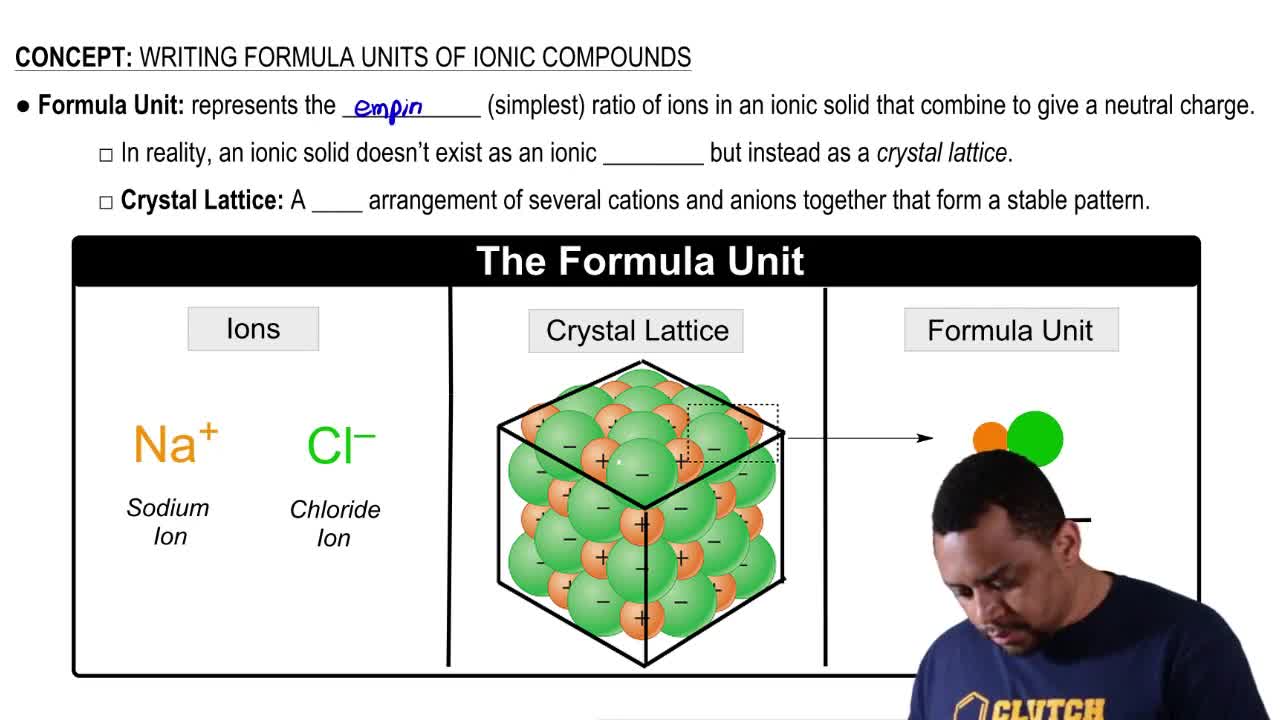Use the following table:
A solution containing 80. g of NaNO3 in 75 g of H2O at 50 °C is cooled to 20 °C.
b. How many grams of solid NaNO3 crystallized after cooling?
 Verified step by step guidance
Verified step by step guidance Verified video answer for a similar problem:
Verified video answer for a similar problem:



 1:29m
1:29mMaster Solutions: Mass Percent Concept 1 with a bite sized video explanation from Jules
Start learning